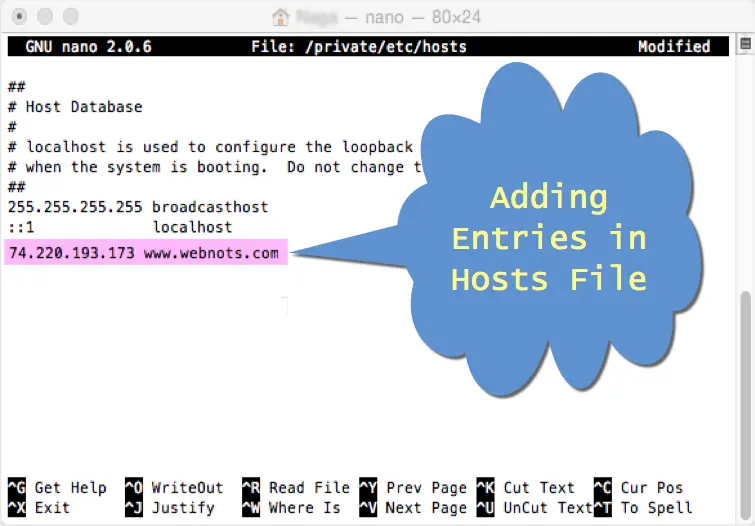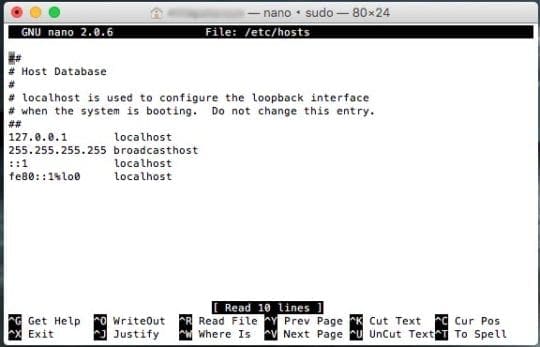

- Mac hosts file not working how to#
- Mac hosts file not working password#
- Mac hosts file not working mac#
- Mac hosts file not working windows#

The actual order becomes complex and usually convoluted as each name resolution service could (and many times do) look inside other levels of resolution.
Mac hosts file not working windows#
In /etc/nf for AIX servers, in the system for Windows and could be listed with lookupd -configuration (search for LookupOrder, similar to: Cache FF DNS NI DS) in MacOS systems. The glue that links them is inside /etc/nf for linux systems. They provide independent resolutions of names (network names). The file /etc/hosts and the DNS don't work together. and don't even mention the non-reentrant, ipv4-only gethostbyname(), which was deprecated since ages. Since many programs don't use the standard resolver directly, they also don't bother to replicate its behavior exactly, and ignore some or all of /etc/nf, /etc/hosts, /etc/nf or /etc/gai.conf. Second, the resolver implementation in glibc (the standard C library in linux) is horrible, expecting you to let it pull random dynamic objects into the address space via dlopen() behind your back, and making it impossible to contain it in any way or use it in statically linked executables. Sorry if this is offtopic.Īs a sidenote, many programs don't use the standard resolver ( getaddrinfo(3), getnameinfo(3) ) because it sucks.įirst, the interface is not asynchronous any moderately complex program will have to spawn a separate thread doing just the getaddrinfo() and then invent its own protocol to communicate with it (and let's not even enter into getaddrinfo_a(), which is sending a signal upon completion, so it's even worse). Updated February 2020: Updated for macOS Catalina.To answer just your last question: /etc/hosts doesn't apply again immediately because firefox is caching the last hostname it got for if you want it to always fetch it again, you'll have to set network.dnsCacheExpiration to 0 in about:config.
Mac hosts file not working password#

Mac hosts file not working mac#
Before the system's online and accessible to anyone using DNS, you can use the Host file instead: Enter the machine's IP address and when you use that domain name, your Mac will go to that device instead.

Let's say you're testing a development server you're about to deploy, and you'd like to use its domain name instead of the machine's specific IP address. There are some practical reasons why you'd want to use the Hosts file instead of just letting DNS do its thing. It's called the Hosts file, and it can be used to override the default DNS information.
Mac hosts file not working how to#
The Domain Name System and its associated cache is your Mac's standard way of knowing how to get to where it's going on the Internet, but there's another file that can be very useful. Your Mac builds up a hidden cache file to remember those details later on when you visit the same site again. The first time you type in a web address, your Mac pings a DNS server - typically one automatically configured for you by your Internet Service Provider - to find out the TCP/IP address of the server you're trying to connect to.


 0 kommentar(er)
0 kommentar(er)
